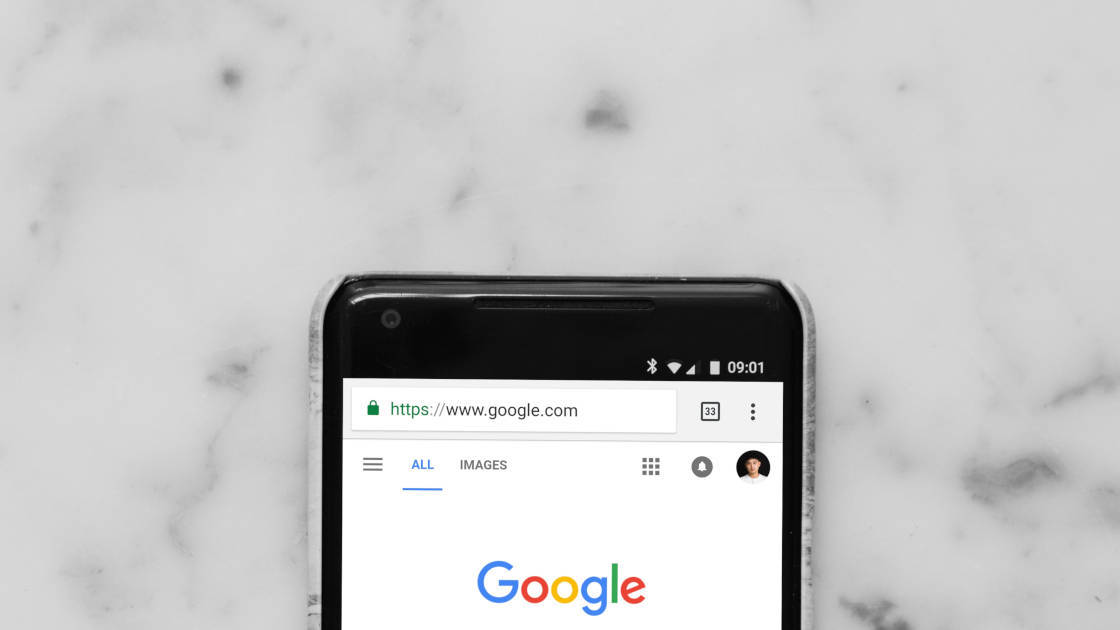
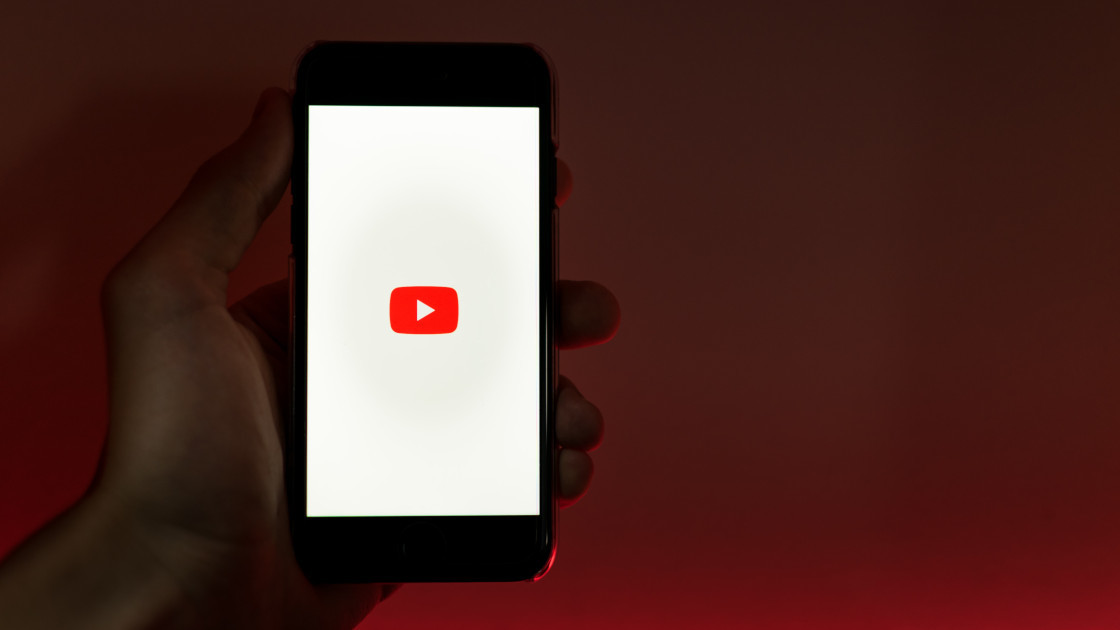
The ludicrousness of being forced to watch YouTube in 480p on a 4K TV, and other YouTube bug wrangling
To watch YouTube videos from my phone, which is where I find them, on my TV, which is where I want to watch them, I’ve long since thrown up my hands and given up using the Cast function of the app. Every time I do, the video shows in 480p, even though I have a fiber connection on which YouTube never buffers. If I change the resolution to 1080p, YouTube stubbornly continues to play the video in a resolution that belongs in the 90s. The issue is widespread, and pre-dates YouTube’s limitations put in place during the pandemic. My TV is an Android TV, made for Google integration with a built-in YouTube app, and my phone is a Pixel phone. Partially chosen with the hope that they’d work well together.
My connection and TV are perfectly capable of playing the video in 1080p, as I learnt when I discovered a clumsy, irritating workaround: adding videos to my Watch Later list on my phone, then opening the YouTube app on my TV, and fumbling through its clumsy interface with a clumsy remote to pick them up again directly on the TV. Plays in 1080p just fine, no buffering.

Have some captions with that
Even when I’ve given in and kept casting blurry videos, a bizarre issue crops up. After watching for a lengthy period of time, maybe an hour or two, YouTube will decide to pop up English captions over an English video while watching on my English account. I’ll shake my head and switch them off; thankfully at least that setting works even if the quality setting doesn’t. Problem is, when the next video in the queue starts playing, the captions switch themselves back on, for every video thereafter. It’s only rectified by disconnecting my phone from my TV, which loses my queued videos, and starting again. This has been happening for many users, and shockingly, since 2013.
I can only imagine there’s some kind of complicated machine learning going on here - after all YouTube seems to apply fuzzy logic when it decides to turn captions on or off by itself - the captions come on for some non-English videos but not others. It works a lot of the time and seems fairly smart, but not smart enough: they come on only some of the time I watch a K-pop music video, even by the same artist, for example. Every time this happens, I turn off the captions and rewind the video, providing plenty of data, which I’m sure Google is dutifully recording, about my captioning habits, data it could be using to decide whether to override my choices and turn them back on incessantly.
In a pre-ML world, you might code the captions to come on for non-English videos on an English account, perhaps making a different decision based on music videos, and provide a setting, so the user can decide. This would perfectly suit my needs. The behaviour would be predictable, and in my control. This is a problem with the state of ML these days: the decision is completely opaque, inevitably flawed, and non-overridable.
AI vs choice
Playing videos directly on my phone is just as frustrating. Much of the time (but not all of the time) I choose something to watch, it’s 480p on my fiber connection which never buffers. Sometimes the video plays in 1080p, but whether it does or not is completely unpredictable. Now everytime I play a video I immediately open the quality settings and change it over to 1080p and rewind, if it isn’t already. It appears to be happening to plenty of users.
If this is the result of YouTube attempting to intelligently guess a resolution that won’t buffer, it’s failing miserably. Were they to provide an option to always stream at a minimum 1080p, users’ experience would be much better - they could even choose auto if they want to let YouTube decide for them. Instead YouTube makes a decision for me with an invisible process I have no say in.
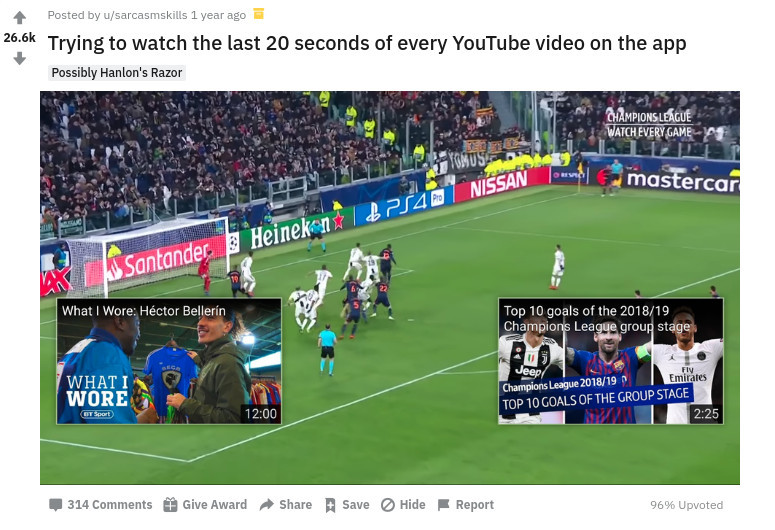
Users often take a back seat on YouTube. One of the issues in YouTube’s support forums with the most upvotes concerns the recommended video thumbnails which can overlap the last 5-20 seconds of the video you chose to watch, causing what is often a significant interruption, or in the case of the support thread above, a critical penalty save in a soccer match. Some argue that it’s up to the uploader to add these or not. It’s up to YouTube whether they appear over the last 1 second or 20, or appear under a video rather in massive intrusive thumbnails over the video. I pay for YouTube, but I have no control over these. If it’s just being provided in the user’s interest, why not give us the option to switch them off?
Play Music or YouTube Music
Google Play Music is shutting down in favor of YouTube Music, both are services I’ve used for years and pay for. Play Music is different in that it stores your own uploaded music, from back when people had such things. As it’s shutting down, these uploads are being transferred across to YouTube Music. It turns out you can’t transfer your uploaded music to a “Brand account” - I’m not a brand, I have an account which doesn’t use my real name because I prefer to remain anonymous amongst, well, YouTubers. This was made possible when Google backtracked after the disastrous ruckus that began when they tried to enforce a real-name policy.
But it also meant that users ended up with 2 YouTube accounts, unwittingly, one with their Google-set real name, and a so-called brand account. A problem arose. In YouTube Music, I have one account with all my music history, likes, favorites, and recommendations, and another with my substantial uploaded music library. Which means I can’t benefit from recommendations based on my history, without rebuilding it all over again with my real name account (which I’d rather not do, in any case, but have no power over.)
In the YouTube support thread announcing this, Hazel from TeamYouTube happily says “If you have any more questions, let us know in the comments below!”, then received a critical comment, and promptly locked the thread.
Apps in control
YouTube, like many big tech companies in the ML age, are using algorithms to govern the experience of their billions of users with inner workings that are invisible to their users, frequently work against their interest, and are unable to be overridden. Worse, whether it’s a bug that’s been around since 2013, a smart AI which isn’t so smart, or a crummy user experience decision, users aren’t being heard or their choices respected.
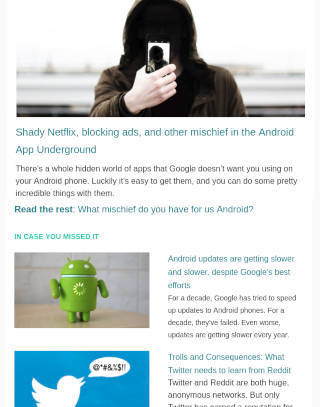
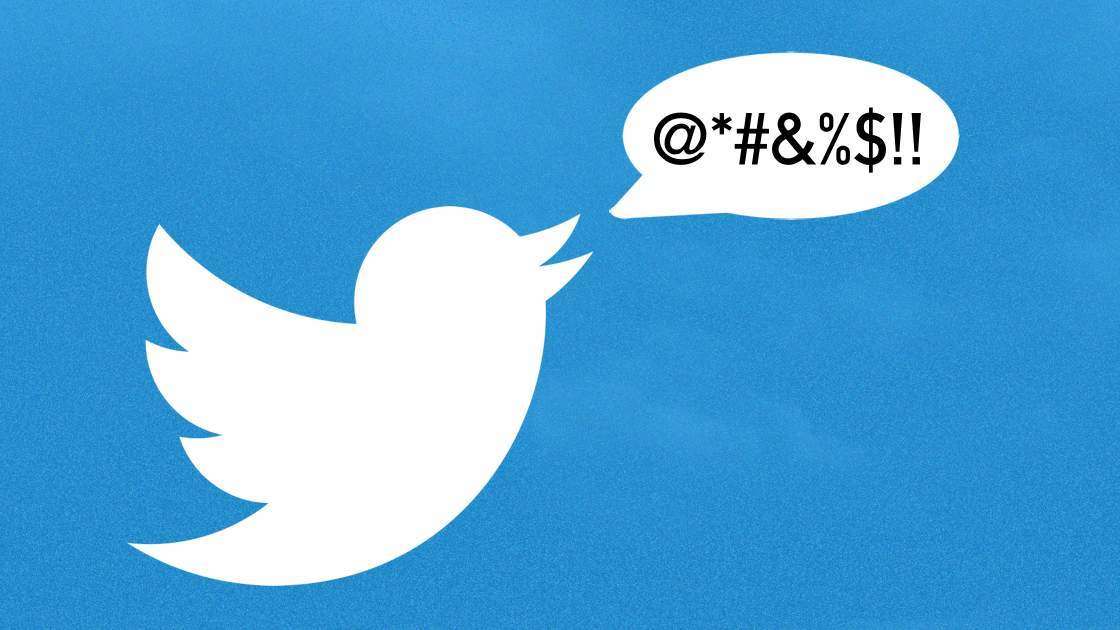
](https://static.unlikekinds.com/l-2356db91-9818-4edf-98ff-923fb8bc0648-cWsHacT.jpg)
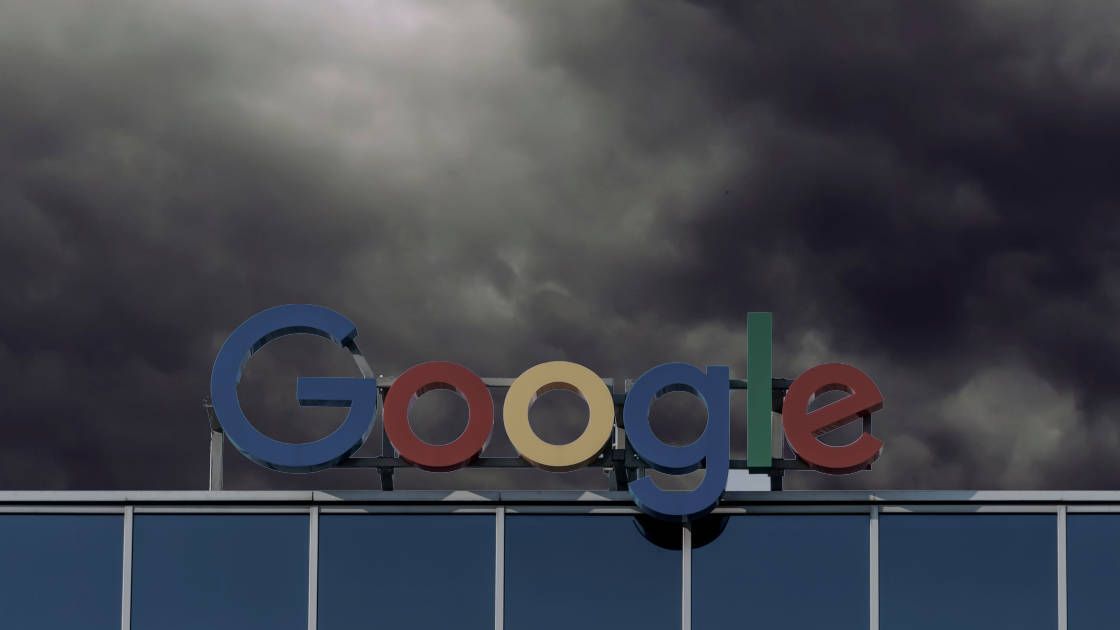
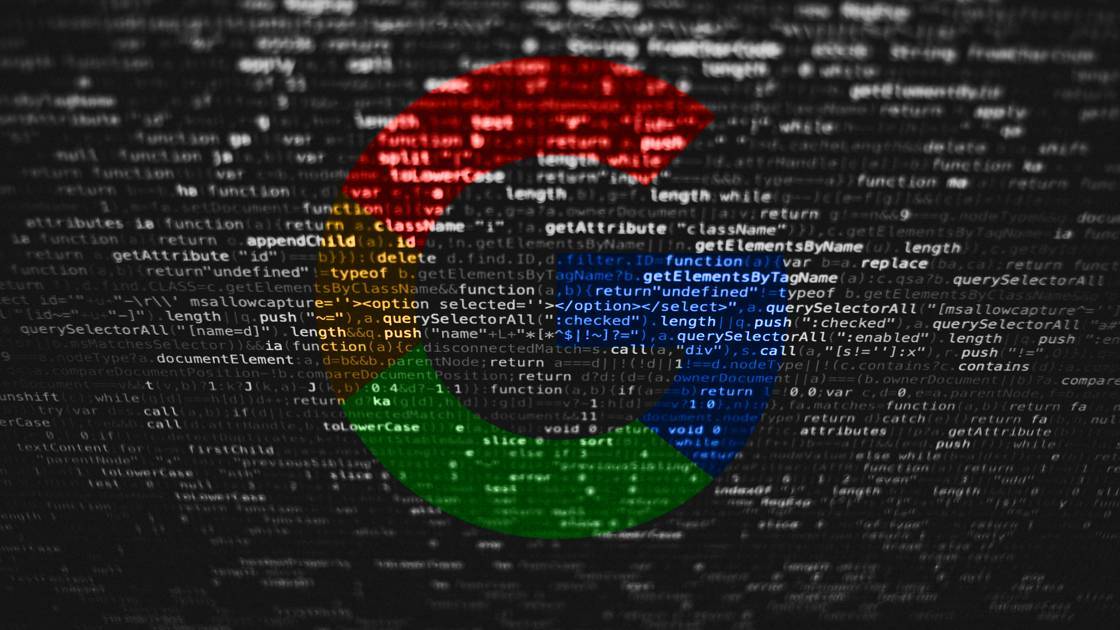
Comments
Share your thoughts, post a comment